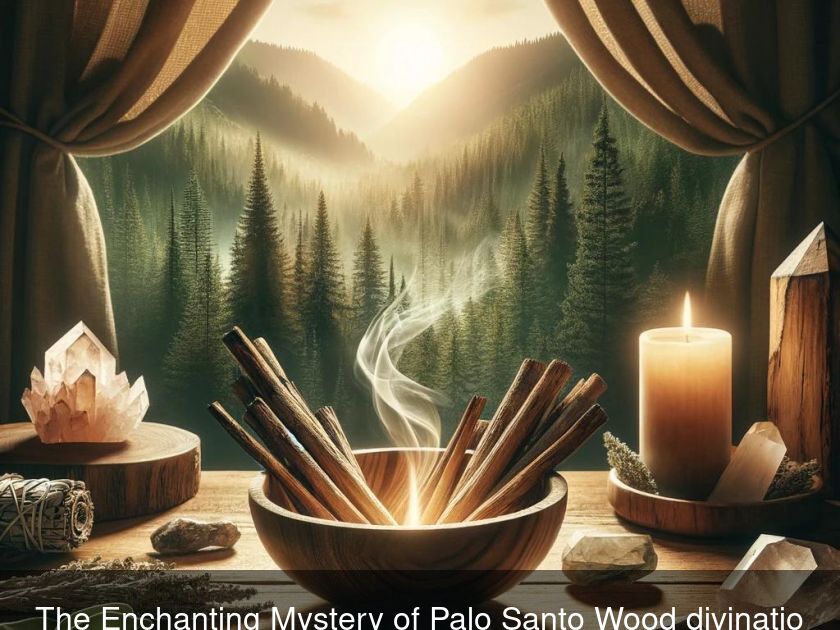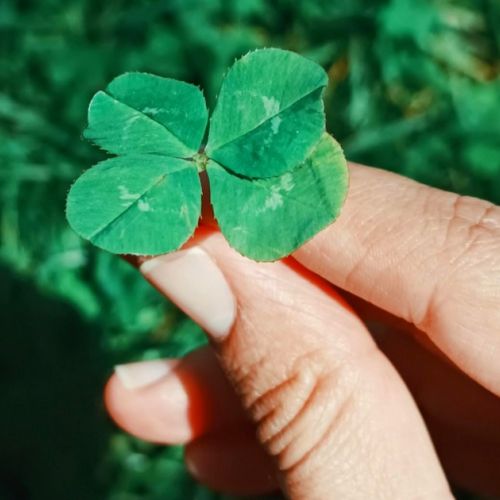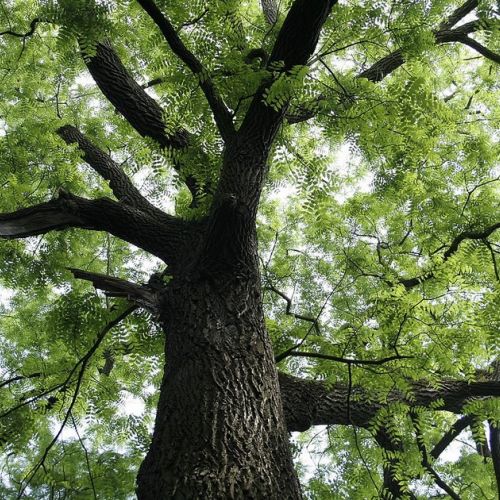The Enchanting Mystery Of Palo Santo Wood
In my life, the importance of living in harmony with nature is omnipresent. Ceremonies and daily offerings reflect a deep respect for the environment, a principle that resonates with traditions around Palo Santo. The use of this sacred wood, believed to purify and bring peace, naturally integrates into the spiritual fabric of my quest for well-being and spirituality.
The Mystical Heritage of Palo Santo
Palo Santo, or "sacred wood" in Spanish, comes from an indigenous tree in South America, the Bursera graveolens. According to Andean and Amazonian traditions, it has been used for centuries by shamans for its purification and healing properties. When burned, this wood releases a smoke with a sweet and woody aroma, believed to cleanse the space of negative energies, attract positive energies, and promote a meditative state.
But Palo Santo is not limited to its purifying effects; it is also deeply rooted in the stories and spiritual practices of indigenous peoples. These traditions, passed down from generation to generation, emphasize the importance of respecting nature and maintaining balance between humans and the universe.
The Issue of Counterfeiting
With the growing interest in wellness and spirituality, the demand for Palo Santo has explosively increased, unfortunately creating a booming market for counterfeits. These imitations, often made from other types of wood or treated with synthetic fragrances, not only usurp the sacred and therapeutic properties of genuine Palo Santo, but also contribute to deforestation and exploitation of natural resources.
Recognizing the True Palo Santo
Fortunately, there are ways to distinguish real Palo Santo from counterfeits. Here are some clues to help you spot the difference:
- Origin: Genuine Palo Santo specifically comes from the dry forests of South America, particularly Ecuador and Peru. Check the wood's origin, often indicated by suppliers aware of its authenticity.
- Aroma: Authentic Palo Santo emits a distinct scent of pine, mint, and lemon when burned, a fragrance that cannot be replicated by synthetic perfumes without losing complexity and depth.
- Appearance: Real Palo Santo wood has a characteristic color ranging from light yellow to golden brown, with visible resinous veins. Counterfeits, on the other hand, may appear uniform and lack these natural details.
- Sustainability: Authentic Palo Santo is harvested using sustainable practices, often from naturally fallen trees left to dry for years. This harvesting method supports natural regeneration and ensures the wood retains its essential oils.
Preserve Tradition and Ecosystem
However, the growing interest in Palo Santo has repercussions that extend beyond borders. The global demand for this precious wood jeopardizes the fragile ecosystems of South America. Overharvesting not only threatens the survival of the species but also disturbs the ecological balance, affecting the fauna and flora that depend on this habitat.
Buying authentic Palo Santo not only ensures its spiritual and therapeutic benefits but also contributes to the preservation of ancestral traditions and the environment. By choosing responsible sources that practice sustainable and respectful harvesting, we help maintain the fragile balance of ecosystems.
I feel a particular responsibility. In my line of work, I am recognized for my commitment to the environment and sustainability, so I am in a unique position to raise awareness about the importance of choosing Palo Santo from ethical and sustainable sources. By promoting the responsible use of this sacred wood, we can play a key role in preserving traditions and protecting ecosystems.
Towards Conscious Consumption
Living in search of my spirituality has taught me the importance of mindfulness in our daily choices, especially when it comes to products derived from nature. By choosing sustainably certified Palo Santo, we not only support local communities that depend on these forests for their livelihoods, but we also contribute to the conservation of vital ecosystems. This conscious approach ensures that future generations will be able to continue benefiting from the spiritual and therapeutic benefits of Palo Santo while living in harmony with the Earth.
Preparation for Purification
- Your intention. Whether it's for meditation, space clearing, or healing, intention is a key component of the ritual.
- Ventilation: Make sure the room is well ventilated. Opening windows will allow the smoke to disperse and carry away negative energies.
Lighting the Palo Santo
- Holding the stick: Take the Palo Santo stick at one end and tilt it slightly downwards.
- Lighting the tip: Using a lighter or match, ignite the end of the Palo Santo stick. Let it burn for about 30 to 60 seconds.
- Blowing gently: Blow gently on the flame to extinguish it. The wood should start to emit smoke and an aromatic fragrance.
Purifying Space or Individual
- Sweeping the space with smoke: Use your hand or a feather to guide the smoke around your body or the space you wish to purify. Focus on corners and stagnant areas where negative energy may accumulate.
- Meditation and recitation: During the process, you can recite prayers, affirmations, or simply meditate on your intention.
Ritual Conclusion
- Extinguishing the Palo Santo: Once done, extinguish your Palo Santo stick by tapping it in a fireproof bowl filled with sand or salt. Make sure it is no longer burning and let it cool before storing it.
- Gratitude: Finish your ritual with a note of gratitude towards the Palo Santo wood for its assistance in your purification and healing process.
Important Tips
- Never leave burning unattended: As with any open flame, never leave Palo Santo burning unattended to avoid any risk of fire.
- Sustainability: Use Palo Santo responsibly. Given the environmental concerns surrounding its harvest, make sure to use the wood consciously and sparingly.
By following these steps, you can incorporate Palo Santo into your spiritual practices in a respectful and meaningful way, while benefiting from its purifying properties and soothing fragrance.





